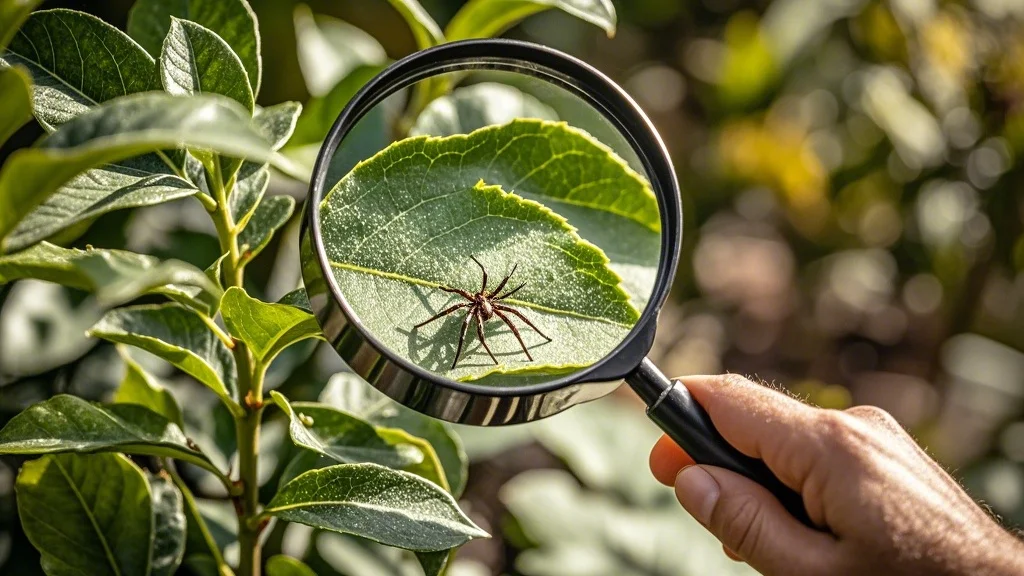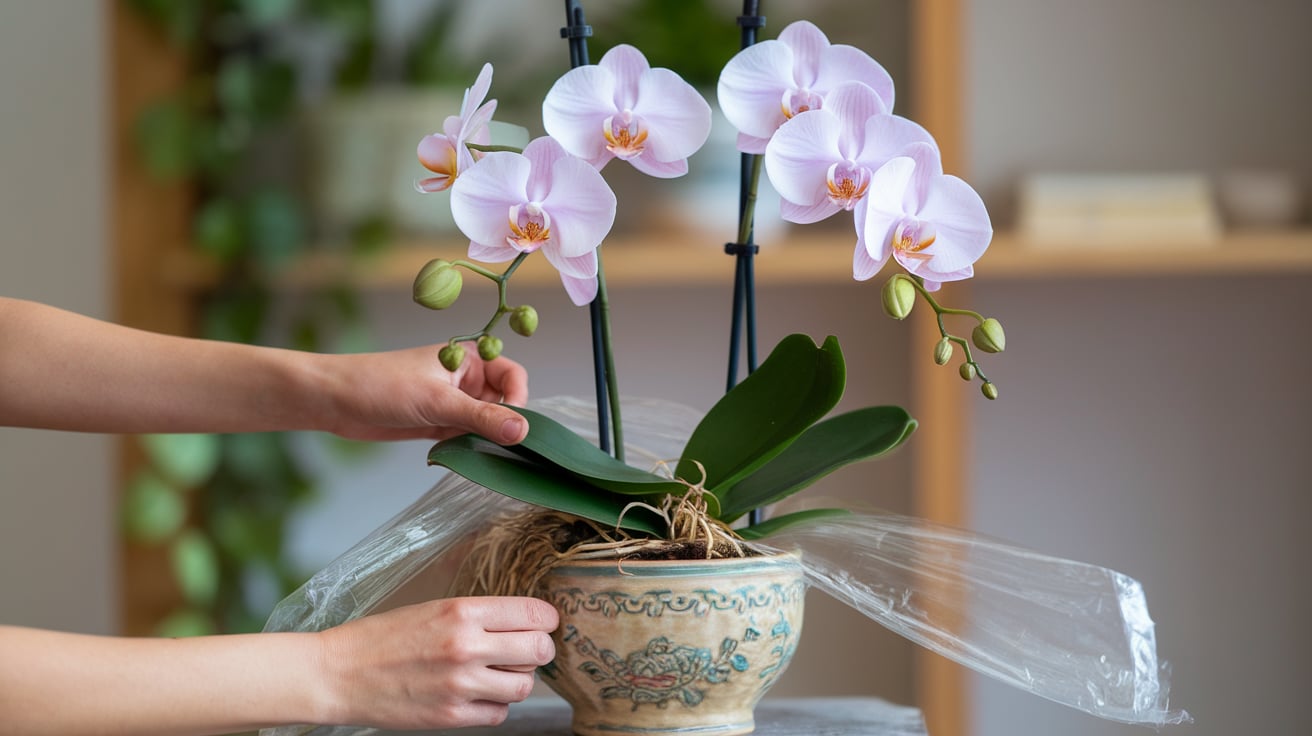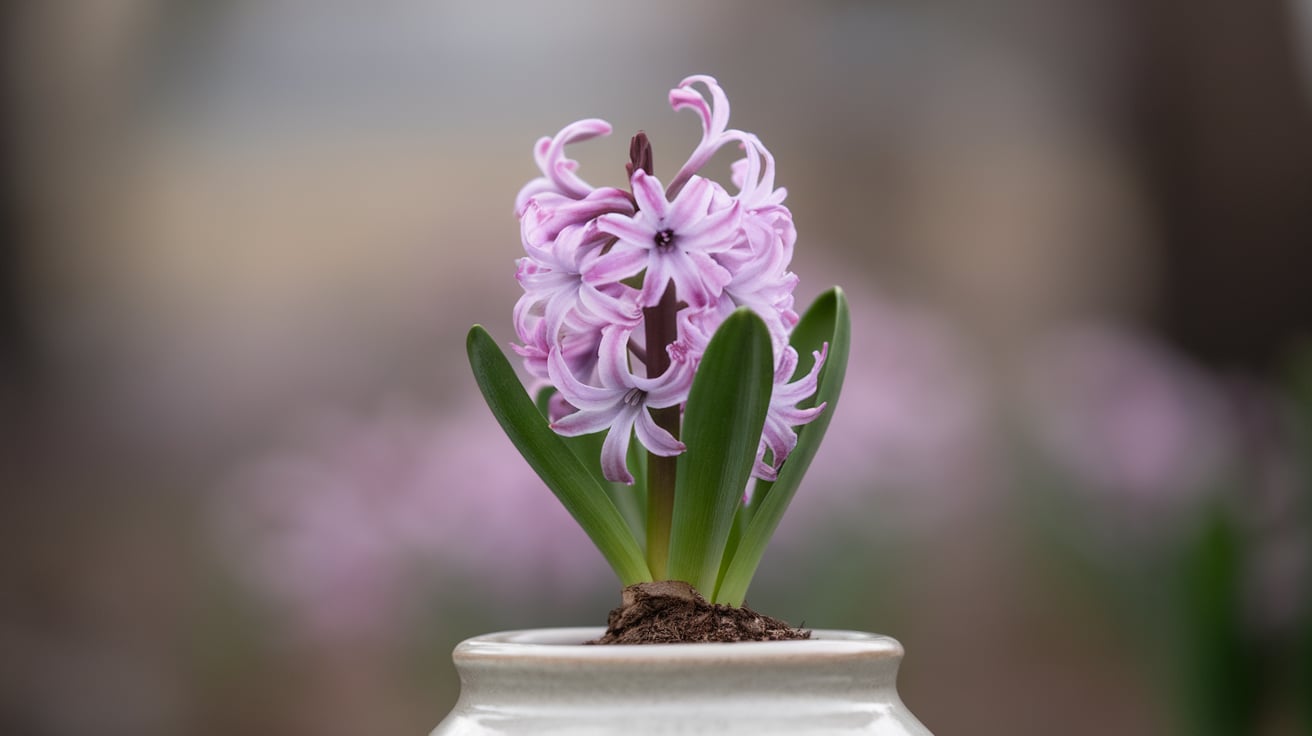As the Earth orbits the sun, the changing seasons bring dramatic shifts in daylight duration and intensity. These natural cycles profoundly impact our indoor plants, which have evolved to respond to these light fluctuations. For urban gardeners and houseplant enthusiasts, understanding and adapting to these seasonal light changes is crucial for maintaining healthy, thriving plants year-round.
In this comprehensive guide, we’ll explore how seasonal light variations affect your indoor garden and provide practical strategies for adjusting your plant care routine throughout the year. By learning to work with nature’s rhythms, you’ll be better equipped to support your plants’ growth and vitality across all seasons.
Contents
- 1 Understanding Seasonal Light Changes
- 2 Seasonal Light Patterns and Their Impact on Plants
- 3 Adjusting Plant Care for Seasonal Light Changes
- 4 Artificial Lighting: Bridging the Seasonal Gap
- 5 Adapting Care for Different Plant Types
- 6 Common Challenges and Solutions
- 7 Monitoring and Adjusting Your Care Routine
- 8 Conclusion
Understanding Seasonal Light Changes
The Science Behind Seasonal Light Shifts
The Earth’s axial tilt causes variations in daylight hours and intensity as it orbits the sun. This results in longer days and more direct sunlight during summer months, and shorter days with less intense light during winter.
Key factors affecting indoor plant light exposure:
- Day length (photoperiod)
- Light intensity
- Light quality (spectrum)
- Angle of sunlight
How Plants Respond to Changing Light Conditions
Plants have evolved sophisticated mechanisms to detect and respond to seasonal light changes:
- Photoreceptors: Special proteins that sense light quality and duration
- Circadian rhythms: Internal “clocks” that regulate growth and metabolic processes
- Photoperiodism: Responses to day length that trigger seasonal behaviors
These adaptations allow plants to optimize their growth, flowering, and dormancy cycles in sync with natural light patterns.
Seasonal Light Patterns and Their Impact on Plants
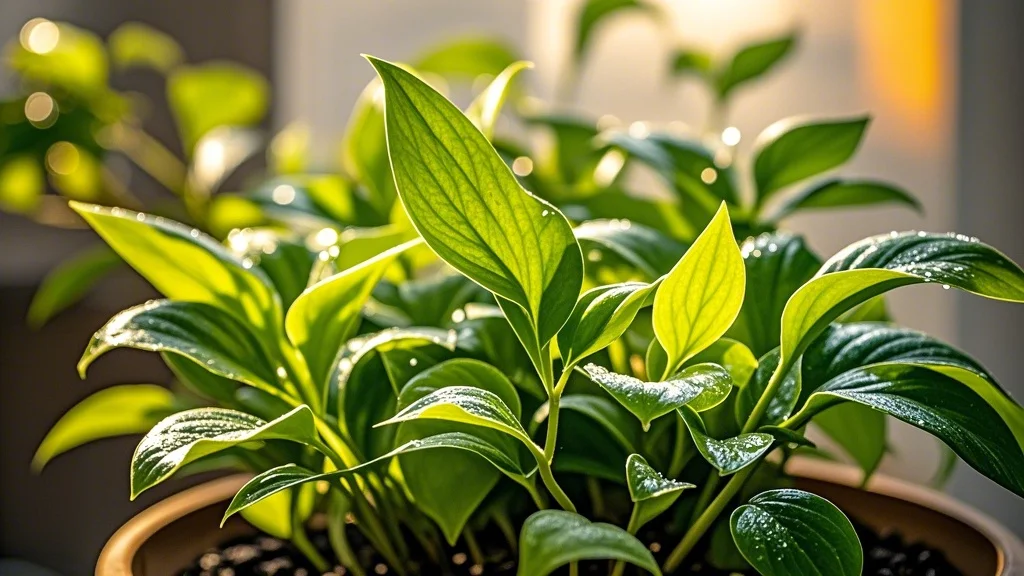
Spring: Increasing Light and Awakening Growth
As days lengthen and light intensity increases, plants emerge from winter dormancy:
- Increased photosynthesis and growth rate
- Initiation of new leaf and stem development
- Potential for sunburn on tender new growth
Summer: Peak Light and Maximum Growth
Long days and intense light drive rapid growth and flowering:
- Highest photosynthetic activity and metabolism
- Increased water and nutrient requirements
- Risk of heat stress and leaf scorch
Fall: Decreasing Light and Preparation for Dormancy
Shortening days and less intense light trigger seasonal changes:
- Slowing growth rates
- Leaf color changes in some species
- Reduced water and nutrient needs
Winter: Minimal Light and Dormancy
Short days and low light intensity induce dormancy in many plants:
- Greatly reduced or halted growth
- Lower metabolism and water requirements
- Potential for light deficiency in some species
Adjusting Plant Care for Seasonal Light Changes
Spring Care: Supporting the Growth Surge
- Gradually increase light exposure
- Move plants closer to windows
- Rotate regularly for even growth
- Increase watering frequency as growth accelerates
- Begin fertilizing with a balanced, water-soluble fertilizer
- Monitor for pests as new growth emerges
- Prune and shape plants to encourage balanced growth
Summer Care: Managing Peak Light and Heat
- Protect sensitive plants from intense direct sunlight
- Use sheer curtains or window films to diffuse light
- Move plants away from south-facing windows if needed
- Increase watering frequency and humidity levels
- Fertilize regularly to support rapid growth
- Monitor for signs of heat stress or sunburn
- Provide good air circulation to prevent fungal issues
Fall Care: Preparing for the Light Decline
- Gradually reduce light exposure for sensitive plants
- Move plants closer to windows to maximize available light
- Decrease watering frequency as growth slows
- Reduce or stop fertilizing
- Clean leaves to maximize light absorption
- Check for pests that may seek warmth indoors
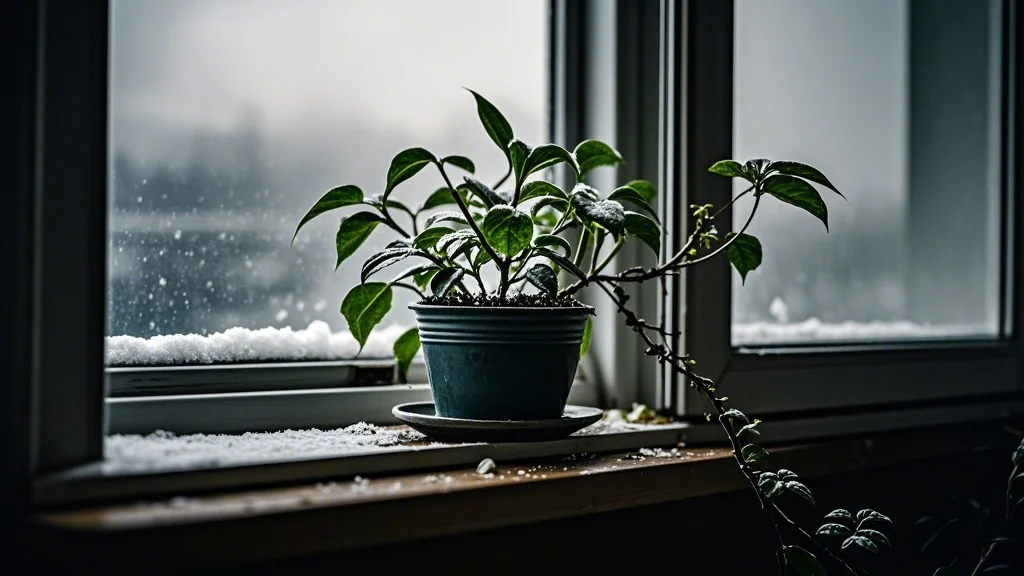
- Maximize natural light exposure
- Move plants to brightest available locations
- Clean windows to allow maximum light penetration
- Supplement with artificial grow lights if needed
- Reduce watering frequency to prevent overwatering
- Hold off on fertilizing until spring
- Monitor humidity levels and use a humidifier if necessary
Artificial Lighting: Bridging the Seasonal Gap
When natural light is insufficient, especially during winter months, artificial lighting can help maintain plant health and growth.
Types of Grow Lights
- Fluorescent lights: Good for low-light plants and seedlings
- LED grow lights: Energy-efficient and customizable spectrum
- High-Intensity Discharge (HID) lights: Powerful but heat-intensive
Implementing Artificial Lighting
- Choose the right type of light for your plants’ needs
- Position lights at the appropriate distance (varies by type and intensity)
- Set timers to mimic natural day lengths
- Gradually introduce artificial lighting to avoid shock
Adapting Care for Different Plant Types
Tropical Plants
- Require consistent light year-round
- May need supplemental lighting in winter
- Maintain higher humidity levels
Succulents and Cacti
- Tolerate intense light but may need protection from direct summer sun
- Reduce watering significantly in winter
- Provide bright light year-round to prevent etiolation
Flowering Plants
- May require specific day lengths to trigger blooming
- Adjust light exposure to encourage or prevent flowering
- Provide consistent bright light for optimal flower production
Foliage Plants
- Often more tolerant of lower light conditions
- May need less frequent rotation
- Clean leaves regularly to maximize light absorption
Common Challenges and Solutions
Etiolation (Stretching)
Caused by insufficient light:
- Move plant to a brighter location
- Supplement with artificial lighting
- Prune leggy growth to encourage bushiness
Leaf Burn
Result of sudden intense light exposure:
- Gradually acclimate plants to higher light levels
- Use sheer curtains to diffuse intense direct sunlight
- Move affected plants to a slightly shadier spot
Seasonal Pest Infestations
More common during seasonal transitions:
- Regularly inspect plants, especially when moving them
- Use neem oil or insecticidal soap as preventative measures
- Quarantine new or potentially infested plants
Overwatering in Low-Light Conditions
Common during winter months:
- Adjust watering schedule based on light levels and growth rate
- Use a moisture meter to accurately gauge soil moisture
- Ensure proper drainage to prevent root rot
Monitoring and Adjusting Your Care Routine
Signs Your Plants Need Light Adjustment
- Pale or yellowing leaves
- Slow or stunted growth
- Leaf drop
- Elongated stems or large gaps between leaves
- Reduced flowering or small blooms
Tools for Measuring Light Levels
- Light meters: Provide accurate readings of light intensity
- Smartphone apps: Offer convenient, though less precise, light measurements
- Visual assessment: Learn to gauge light levels by observing shadows and brightness
Creating a Seasonal Care Calendar
Develop a customized care schedule that accounts for:
- Your specific plants’ needs
- Local seasonal light patterns
- Indoor environmental factors (heating, air conditioning, etc.)
- Your personal schedule and availability
Regularly review and adjust your care routine based on your plants’ responses and changing conditions.
Conclusion
Adapting to seasonal light changes is a crucial aspect of successful indoor gardening. By understanding how these shifts affect your plants and implementing appropriate care strategies, you can maintain a thriving indoor garden throughout the year. Remember that each plant is unique, and it may take some experimentation to find the perfect balance. Stay observant, be willing to adjust your approach, and enjoy the rewarding process of growing with the seasons.
As you become more attuned to the rhythms of light and plant growth, you’ll develop a deeper connection with your indoor garden and the natural world beyond your windows. Embrace the cyclical nature of plant care, and let your urban oasis flourish in every season.

